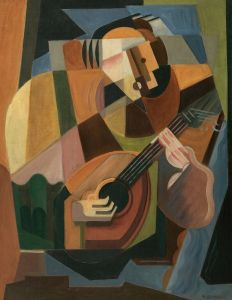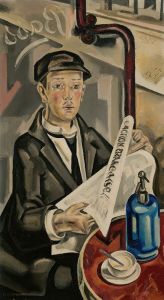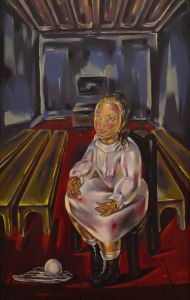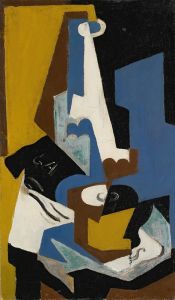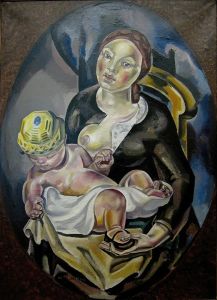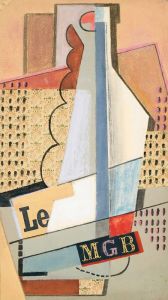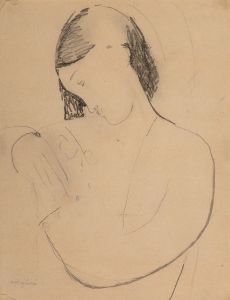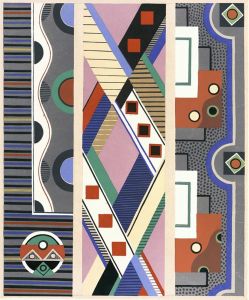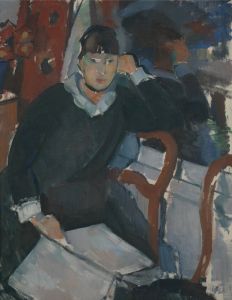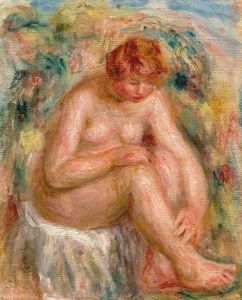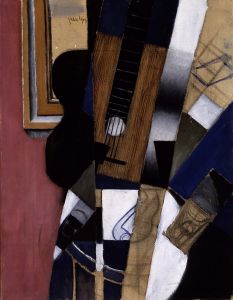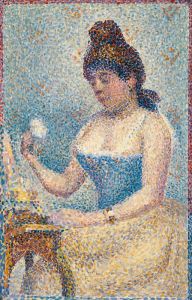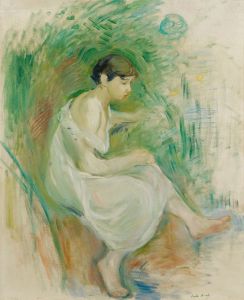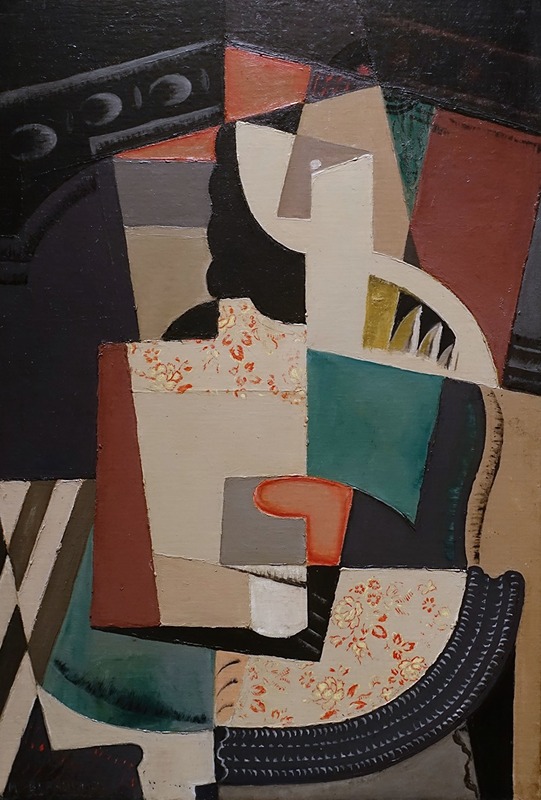
Femme Assise
A hand-painted replica of María Blanchard’s masterpiece Femme Assise, meticulously crafted by professional artists to capture the true essence of the original. Each piece is created with museum-quality canvas and rare mineral pigments, carefully painted by experienced artists with delicate brushstrokes and rich, layered colors to perfectly recreate the texture of the original artwork. Unlike machine-printed reproductions, this hand-painted version brings the painting to life, infused with the artist’s emotions and skill in every stroke. Whether for personal collection or home decoration, it instantly elevates the artistic atmosphere of any space.
María Blanchard's Femme Assise (translated as Seated Woman) is a notable work by the Spanish painter María Blanchard, a key figure in early 20th-century modern art. Blanchard, born in 1881 in Santander, Spain, was associated with the Cubist movement, and her works often reflect the stylistic innovations and fragmented forms characteristic of this artistic approach. Femme Assise is one of her significant contributions to the Cubist genre, showcasing her mastery of form, structure, and composition.
Created during the height of her involvement with Cubism, Femme Assise exemplifies Blanchard's ability to reinterpret the human figure through geometric abstraction. The painting depicts a seated woman, rendered in a series of angular shapes and overlapping planes. The composition emphasizes structure and volume, breaking down the figure into simplified, interlocking forms. This approach aligns with the principles of Cubism, which sought to depict subjects from multiple perspectives simultaneously, challenging traditional notions of representation.
Blanchard's use of color in Femme Assise is both restrained and deliberate. The palette consists of muted tones, such as earthy browns, grays, and ochres, punctuated by subtle contrasts that add depth and dimension to the composition. This subdued color scheme enhances the painting's focus on form and structure, allowing the viewer to engage with the intricate interplay of shapes and lines.
Blanchard's work during this period was heavily influenced by her interactions with other prominent Cubist artists in Paris, where she lived and worked for much of her career. She was part of a vibrant artistic community that included figures like Juan Gris, with whom she shared a close friendship, and other avant-garde artists such as Diego Rivera and Jacques Lipchitz. These connections enriched her artistic practice and positioned her as a significant contributor to the development of modern art.
While Femme Assise is a testament to Blanchard's technical skill and innovative vision, it also reflects her unique perspective as a female artist navigating the predominantly male-dominated art world of her time. Her work has gained increasing recognition in recent years, with art historians and critics acknowledging her contributions to the Cubist movement and her broader impact on 20th-century art.
Today, Femme Assise is celebrated as an example of Blanchard's artistic achievements and her ability to merge intellectual rigor with emotional depth. The painting remains an important piece in the study of Cubism and serves as a reminder of María Blanchard's enduring legacy in the history of modern art.





